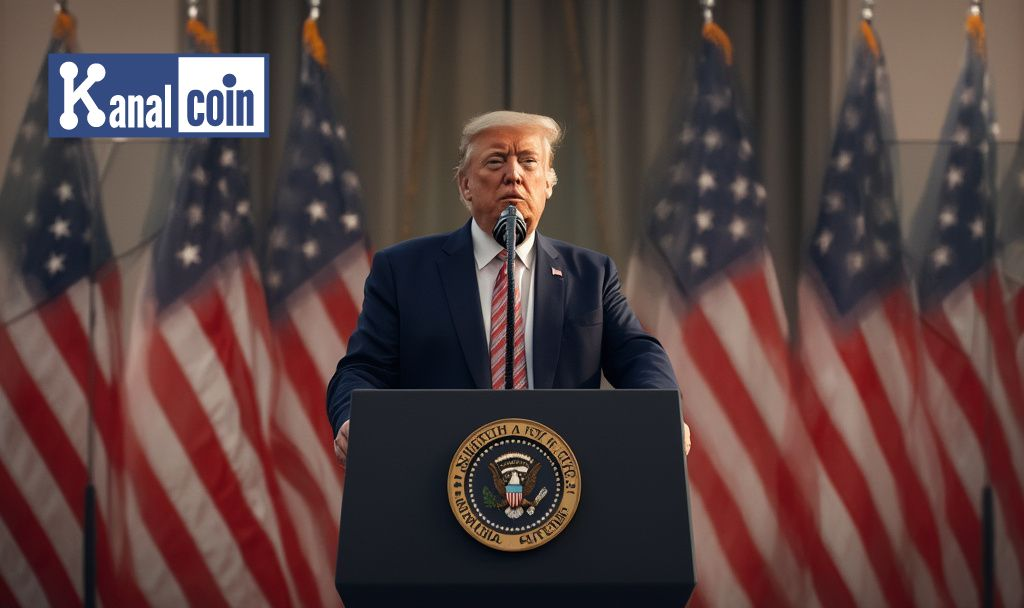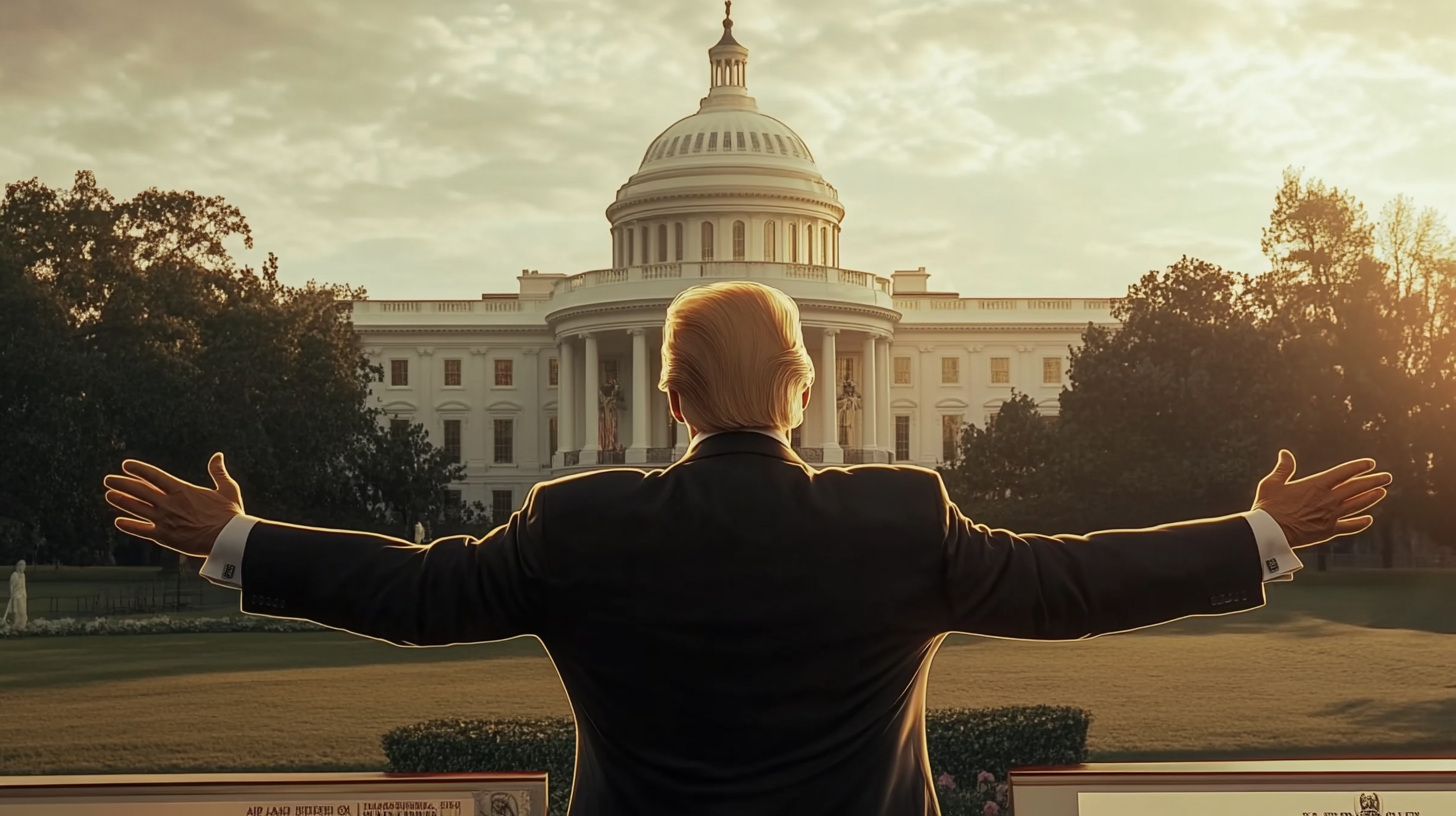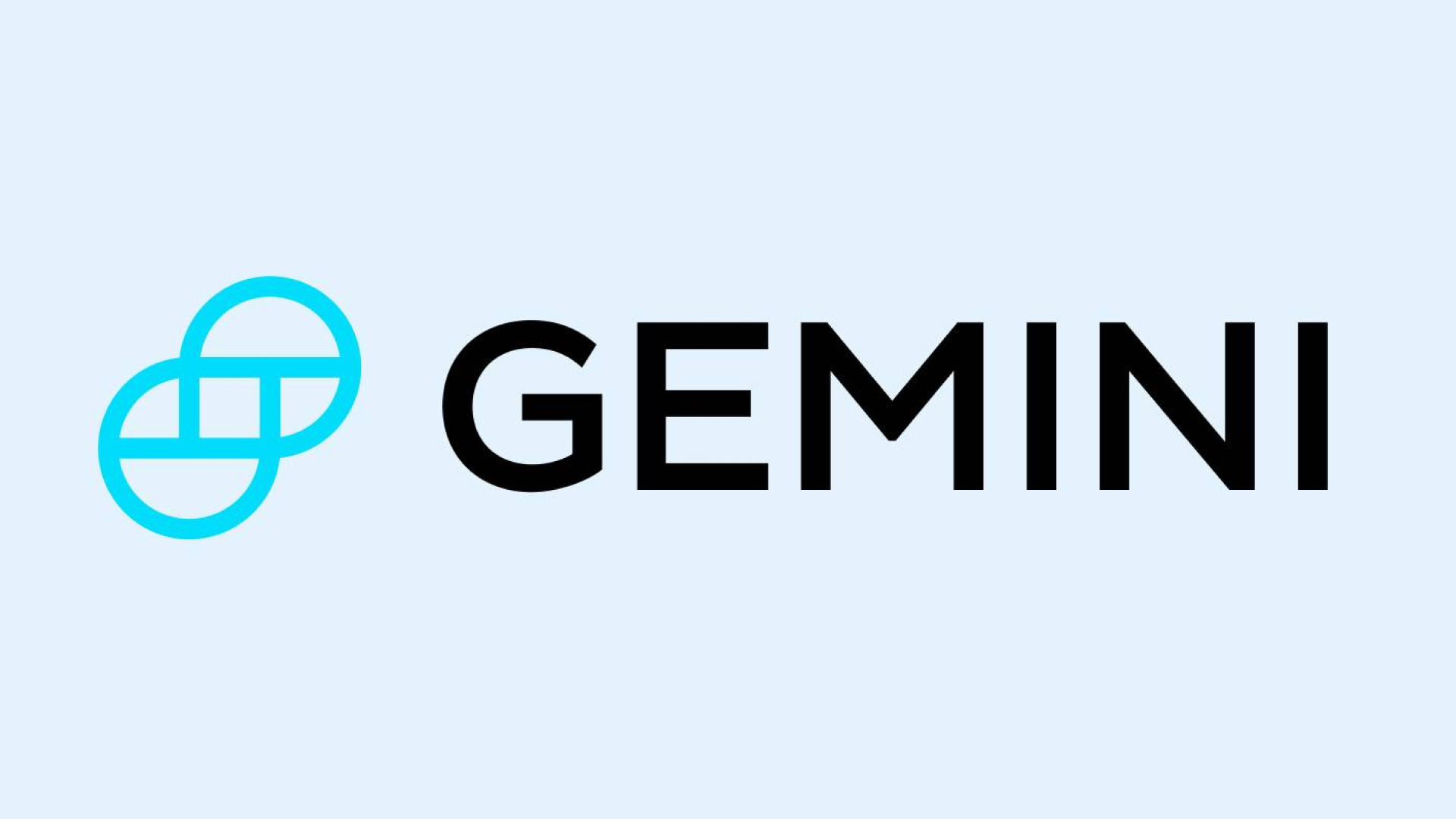
President Donald Trump announced a 10% tariff on imports from all countries and reciprocal levies, affecting international trade from Washington on Tuesday.
This move could reshape global trade relations, triggering immediate responses from key trading partners and impacting market stability.
Trump Enacts 10% Tariff on All Imports
President Trump has imposed a new 10% tariff on all imports, a significant shift in trade policy. The move aligns with Trump’s protectionist stance and aims to reduce trade deficits.
Countries affected include numerous global partners, expected to respond with their own levies. The decision marks an escalation in Trump’s ongoing trade wars, signaling potential economic ripple effects. Trump remarked, “We would start with all countries, so let us see what happens.”
Retaliatory Moves and Market Reactions to Tariff
Initial responses from trading partners have been swift and critical, with several nations preparing retaliatory measures. Global markets reacted negatively, highlighting investor concerns over potential economic instability.
Economic analysts predict potential disruptions in global supply chains and increased costs for consumers. Historical data shows such tariff impositions often lead to reduced international cooperation and increased geopolitical tensions.
Historical Tariffs Led to Global Economic Downturns
Similar tariffs imposed in history, such as the Smoot-Hawley Tariff of 1930, resulted in retaliations and economic downturns. These past events highlight potential risks with current policy decisions.
Experts from Kanalcoin emphasize the importance of careful analysis of past trends to predict outcomes. They stress that while tariffs aim to protect domestic industries, they often provoke international backlash.









